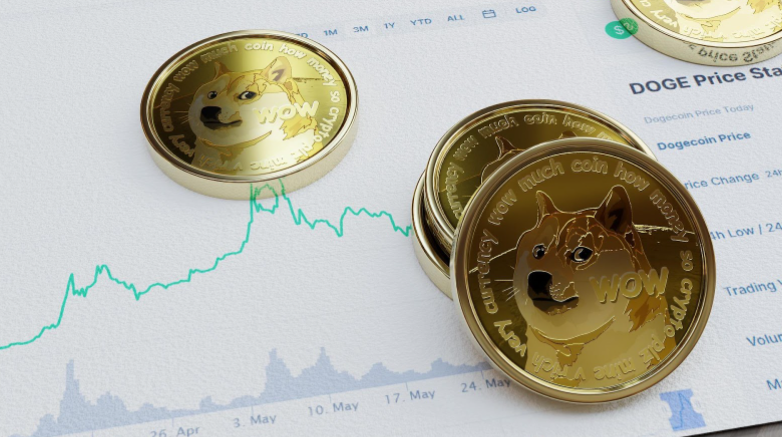
THE latest Insurance and Pensions Commission (Ipec) of Zimbabwe report shows that the active Zimbabwean pension funds are mainly invested in property, equities, bonds and prescribed assets.
It is a fact that due to lack of attractive and safe alternative investment vehicles, pension fund returns have not been optimal, while there is now over-exposure for most pension funds to property (41% of assets held).
Zimbabwean pension funds are, by law, also allowed to invest offshore to diversify their portfolio risk (up to 15% of their assets), but not many pension funds have taken this route.
In my opinion, it is critical that pension funds seriously consider investing in physical gold assets to, not only diversify their portfolios, preserve value while hedging against inflation, but also boost returns so that our pensioners can ultimately earn a decent pension.
It is true that local pension funds took up most of the gold coins issued by the Reserve Bank of Zimbabwe.
However, they need to further boost their gold holdings to get the full portfolio impact.
In March 2024, the Gold Council published a very insightful report titled Gold as a Strategic Asset.
It is from this report that I want to share some insights on why pension funds in Zimbabwe must seriously consider the advantages of holding physical gold assets.
- UK based Zimbabwean divorces wife of 33 years over conjugal rights
- New perspectives: Money laundering red flags in insurance sector
- 3 000 non-resident pensioners owed US$1.5 million, says Ipec
- Removing barriers to women’s financial inclusion
Keep Reading
According to the report, “Gold has a key role as a strategic long-term investment and as a mainstay allocation in a well-diversified portfolio. Investors have been able to recognise much of gold’s value over time by maintaining a long-term allocation and taking advantage of its safe-haven status during periods of economic uncertainty.”
Gold offers three distinct advantages: delivering long term returns, improving portfolio diversification and providing liquidity.
Gold, next to oil, offers high liquidity, carries no credit risk and has historically preserved its value over time.
It also benefits from diverse sources of demand: as an investment, a reserve asset, gold jewellery and a technology component.
Any portfolio manager should surely welcome such unique characteristics?
A long-term source of returns
It is fact that gold has historically generated long-term positive returns in both good and bad economic times.
It has the potential to deliver solid returns despite market conditions.
In the report, it is demonstrated that looking back over half a century, the price of gold in US dollars has increased by nearly 8% per year since 1971 when the US gold standard collapsed.
Over this period, gold’s long-term return is comparable to equities and higher than bonds.
Gold has also outperformed many other major asset classes over the past three, five, 10 and 20 years.
The key issue here especially for Zimbabwe’s pension funds, is that gold has even outperformed US dollar cash.
So in effect Zimbabwe’s pension funds are better off in the long term holding physical gold assets than US$ cash!
Beating inflation, combating deflation
One fundamental challenge to our pension funds has been beating inflation in a volatile market characterised by currency volatility.
The good news is that gold has long been considered a hedge against inflation and the data confirms this: since 1971 it has outpaced the US and world consumer price indices.
Gold also protects investors against high inflation.
Added to this, the gold report stated that “research has shown that gold should do well in periods of deflation. Such periods are characterised by low interest rates, reduced consumption and investment and financial stress, all of which tend to foster gold demand.”
Store of value
The whole idea of contributing to a pension fund is to store the value of your contributions over a very long time and be able to receive a decent pension after retirement.
There are numerous cases in Zimbabwe where pensioners are receiving as little as US$30 per month after saving for decades.
That is preposterous! Other insurance products have also failed to deliver promised returns.
Historically, major currencies were pegged to gold and that changed with the eventual collapse of the Bretton Woods system.
Since then, with a few exceptions, “gold has significantly outperformed all major currencies and commodities as a means of exchange”.
This means that the purchasing power of major currencies and commodities has significantly eroded relative to gold!
Portfolio diversification
Any investment portfolio must be well diversified so that it is not overly exposed to underperformance of any particular asset that it holds.
It must counterbalance its assets so that when returns decrease in one of its assets, they are hedged or limited by an increase in returns in some of its other assets.
Gold does that very well against equities and bonds. Gold is therefore critical in that its negative correlation to equities and other risk assets increases as these assets decline.
Liquidity
Liquidity is important as it allows pension funds to liquidate assets without any problems unlike property, for example.
The gold market is large, global and highly liquid.
The report estimated that currently, physical gold holdings by investors and central banks are worth approximately US$5,1 trillion, with an additional US$1 trillion in open interest through derivatives traded on exchanges or the over-the counter market.
Gold trades more than many other major financial assets. For example, it is estimated that in 2023 gold’s trading volumes averaged approximately US$163 billion per day.
Conclusion
The positive portfolio impact of holding gold assets for pension funds which seek to outperform, beat inflation and preserve long term value is, therefore, not debatable.
According to the report, “Long-term returns, liquidity and effective diversification all benefit overall portfolio performance. In combination, they suggest that the addition of gold can materially enhance a portfolio’s risk-adjusted returns.”
In my opinion, Zimbabwean pension funds must therefore take full advantage of holding physical gold assets and trustees of pension funds and their investment committees need to be made aware of the long term benefits to members and the economy as a whole.
- Vince Musewe is an economist and you may contact him on vtmusewe@gmail.co, or on vince.musewe@sabullion.co.za










